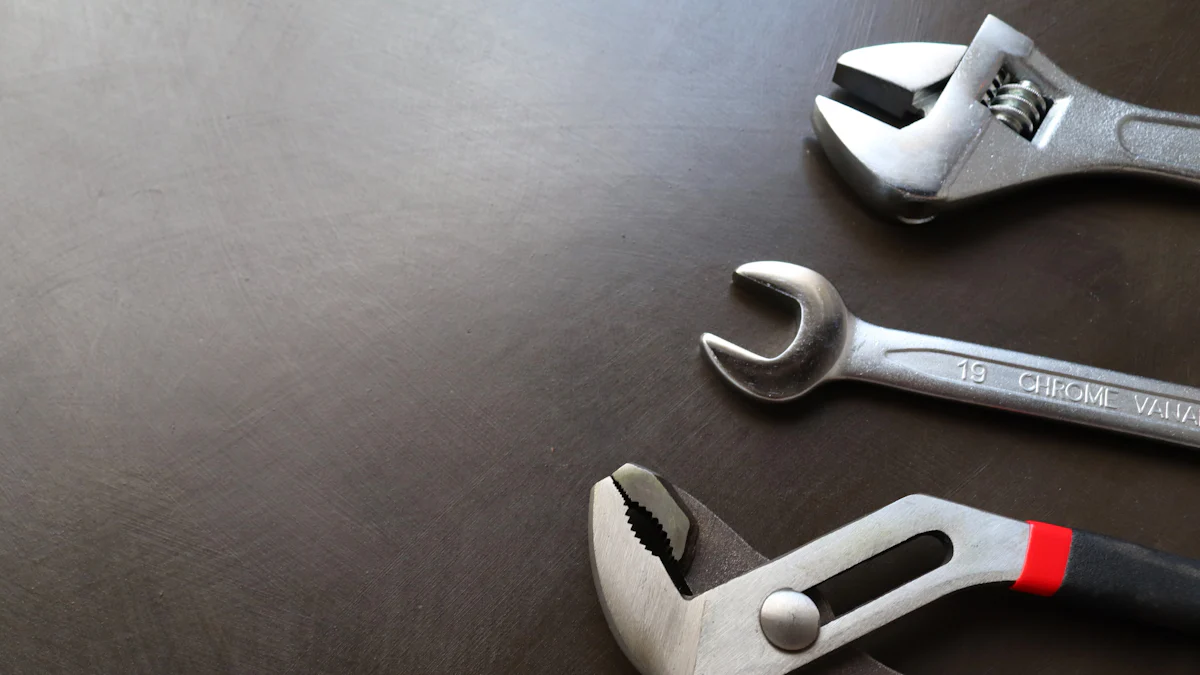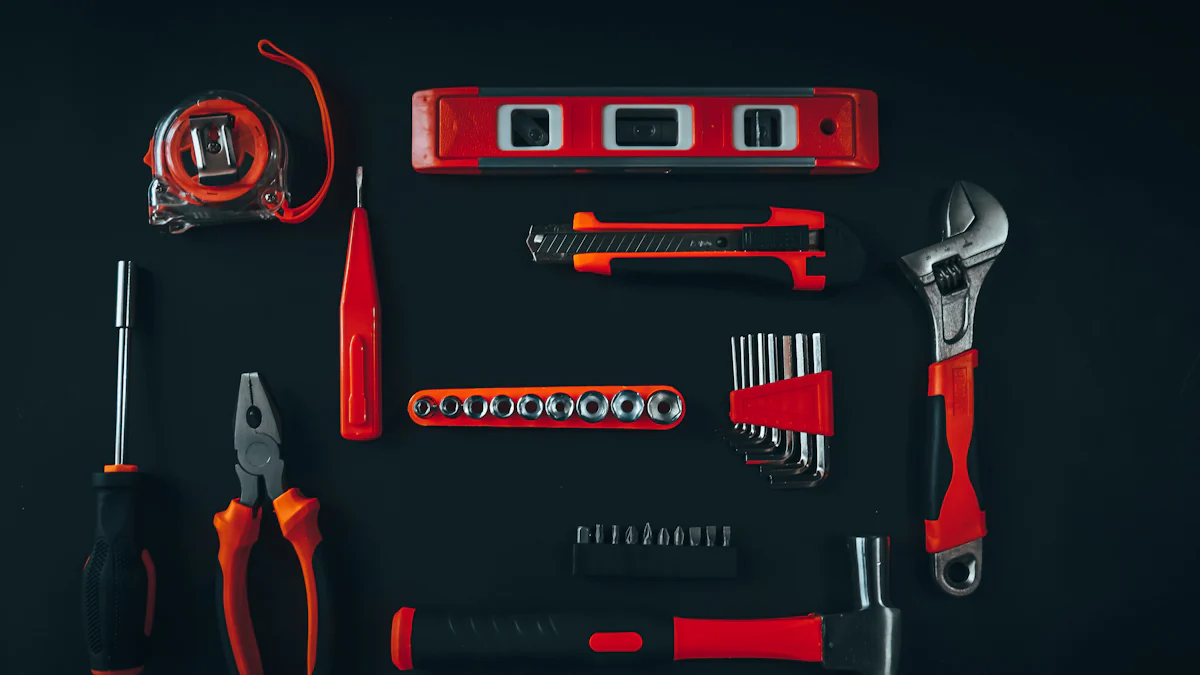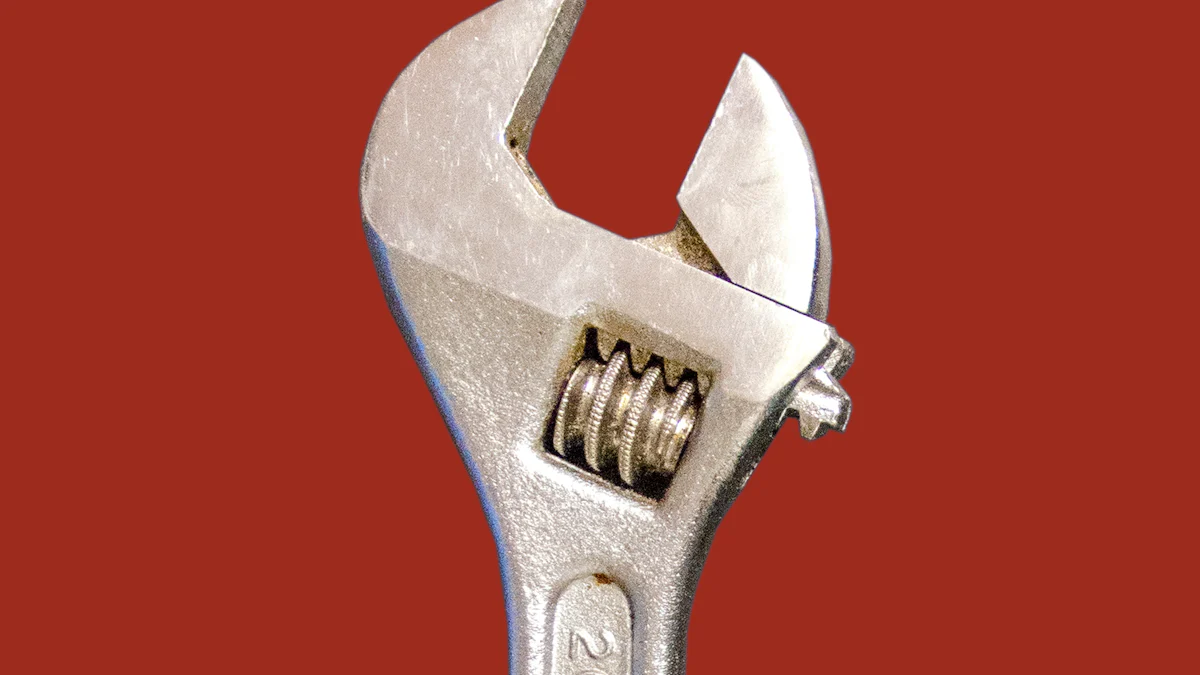
A shifting spanner is a versatile tool with a movable jaw. This tool goes by various names, including adjustable spanner, English wrench, and shifter. The shifting spanner plays a crucial role in many tasks. Mechanics and DIY enthusiasts use it frequently to tighten or loosen nuts and bolts of different sizes.
Design and Functionality

Basic Structure
A shifting spanner consists of two main parts: the handle and the movable jaw.
Handle
The handle provides leverage for turning fasteners. Manufacturers often design handles with ergonomic grips to ensure comfort during use. Handles come in various lengths, which allows users to choose the right tool for specific tasks.
Movable Jaw
The movable jaw is the defining feature of a shifting spanner. This part adjusts to fit different sizes of fastener heads. Users can move the jaw by turning a screw mechanism. The jaw’s ability to adjust makes the tool versatile and suitable for various applications.
How It Works
Understanding how a shifting spanner works involves looking at its adjusting mechanism and locking feature.
Adjusting Mechanism
The adjusting mechanism allows the jaw to move. Users turn a thumbwheel or screw to open or close the jaw. This action changes the width of the opening, enabling the tool to grip fasteners of different sizes. The simplicity of this mechanism makes the shifting spanner easy to use.
Locking Feature
Some shifting spanners include a locking feature. This feature ensures that the jaw stays in place once adjusted. The locking mechanism prevents the jaw from slipping, which provides a secure grip on the fastener. This feature enhances the tool’s reliability and safety during use.
Versatility and Practical Applications

Common Uses
Plumbing
Plumbers often rely on shifting spanners for various tasks. The adjustable jaw allows the tool to fit different sizes of pipes and fittings. This versatility eliminates the need for multiple fixed-size wrenches. Plumbers can quickly adjust the spanner to grip and turn nuts, bolts, and other fasteners. This efficiency saves time and effort during plumbing repairs and installations.
Automotive Repairs
Automotive mechanics also find shifting spanners indispensable. The tool’s ability to adjust to different fastener sizes makes it ideal for working on vehicles. Mechanics use shifting spanners to tighten or loosen bolts in engines, wheels, and other components. The ergonomic handle design provides comfort during extended use. This feature is crucial for mechanics who spend long hours working on cars and trucks.
Regional Variations
Different Names in Different Regions
The shifting spanner goes by various names around the world. In Australia and New Zealand, people commonly refer to it as a “shifter.” In the United States, the term “adjustable wrench” is more prevalent. The United Kingdom often uses the name “English wrench.” These regional variations highlight the global popularity of the tool. Despite the different names, the functionality remains consistent.
Popularity in Various Trades
Different trades appreciate the shifting spanner for its versatility. Electricians use the tool to adjust electrical fittings and fixtures. Construction workers rely on it for assembling scaffolding and other structures. The ability to fit multiple fastener sizes makes the shifting spanner a valuable addition to any toolkit. This adaptability reduces the need for carrying multiple tools, streamlining the work process.
“Adjustable spanners eliminate the need for carrying multiple tools of varying sizes as they can adjust to fit most fastener sizes.”
The widespread use of shifting spanners in various trades underscores their practicality. Whether in plumbing, automotive repair, or construction, the tool proves invaluable. The shifting spanner’s design and functionality make it a must-have for professionals and DIY enthusiasts alike.
Tips for Effective Use
Choosing the Right Size
Matching the Tool to the Task
Selecting the correct shifting spanner size ensures efficient work. Users must consider the fastener size before choosing a tool. A larger spanner provides better leverage for bigger fasteners. Smaller spanners offer precision for delicate tasks. Matching the tool to the task prevents damage to both the tool and the fastener.
Maintenance and Care
Cleaning
Regular cleaning extends the lifespan of a shifting spanner. Dirt and grime can accumulate on the tool during use. A clean cloth removes surface debris. For stubborn dirt, a mild detergent and water solution works well. Dry the spanner thoroughly to prevent rust formation.
Lubrication
Lubrication keeps the adjusting mechanism smooth. Apply a few drops of machine oil to the moving parts. This reduces friction and wear. Regular lubrication ensures the tool operates efficiently. Proper maintenance enhances the tool’s performance and longevity.
The shifting spanner stands out as a versatile and essential tool. The movable jaw adapts to various fastener sizes, making it indispensable for many tasks. Mechanics, plumbers, and DIY enthusiasts rely on its functionality.
The importance of the shifting spanner cannot be overstated. Its design allows for efficient work in different trades. The tool’s ability to adjust reduces the need for multiple wrenches.
Beginners should start by selecting the right size for their tasks. Regular cleaning and lubrication ensure the tool’s longevity. Proper maintenance keeps the shifting spanner in optimal condition.
